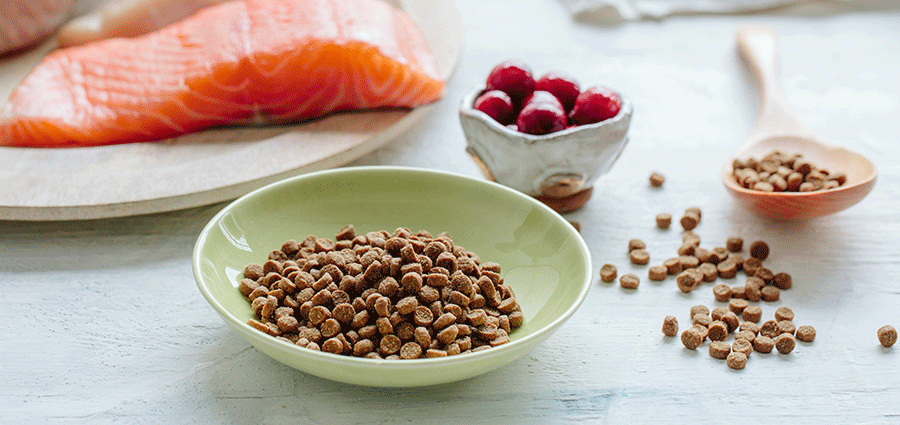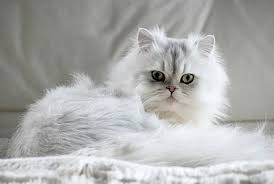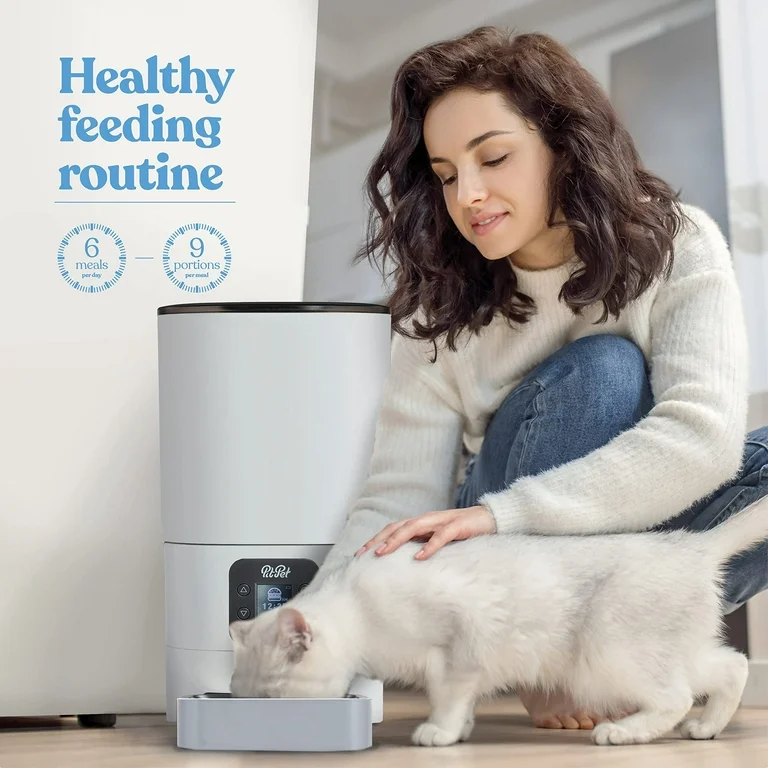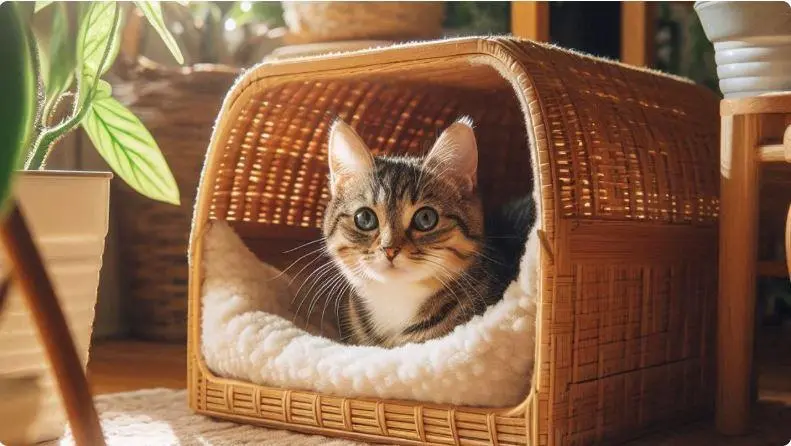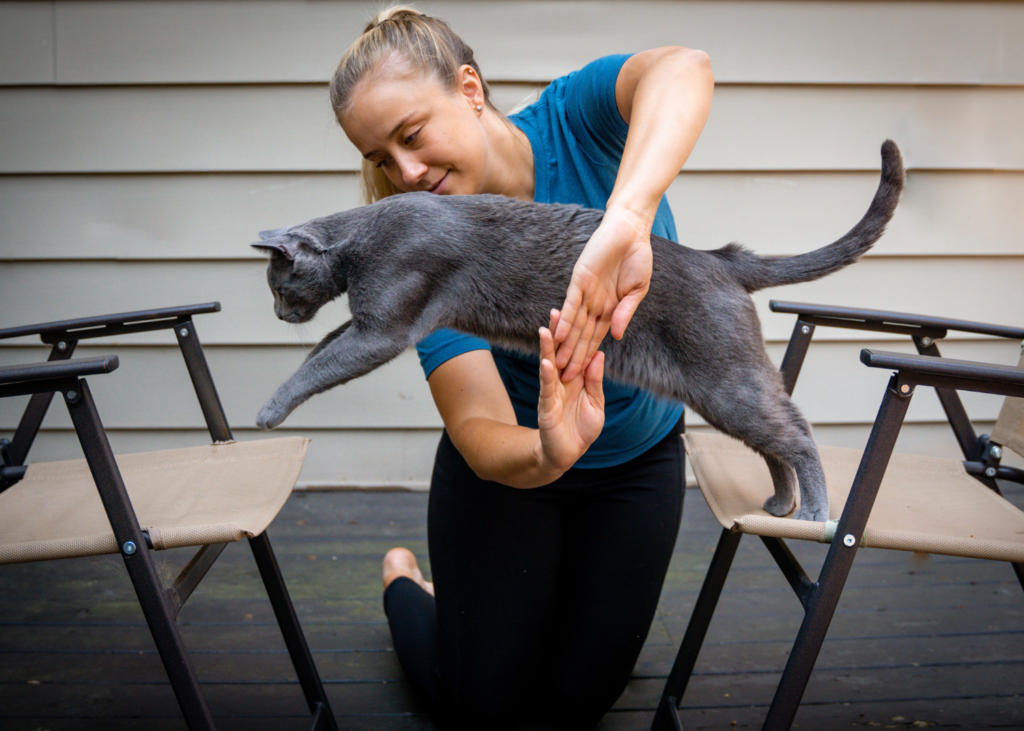Cats are among the most popular pets in the world, loved for their independent personalities, affectionate nature, and playful charm. But when it comes to breeding, many people are surprised to learn just how prolific cats can be. If you’ve ever wondered how many kittens a cat can give birth to at once, or which cat breeds produce the largest litters, this article will provide everything you need to know
→ Medicine to make a cat have more babies
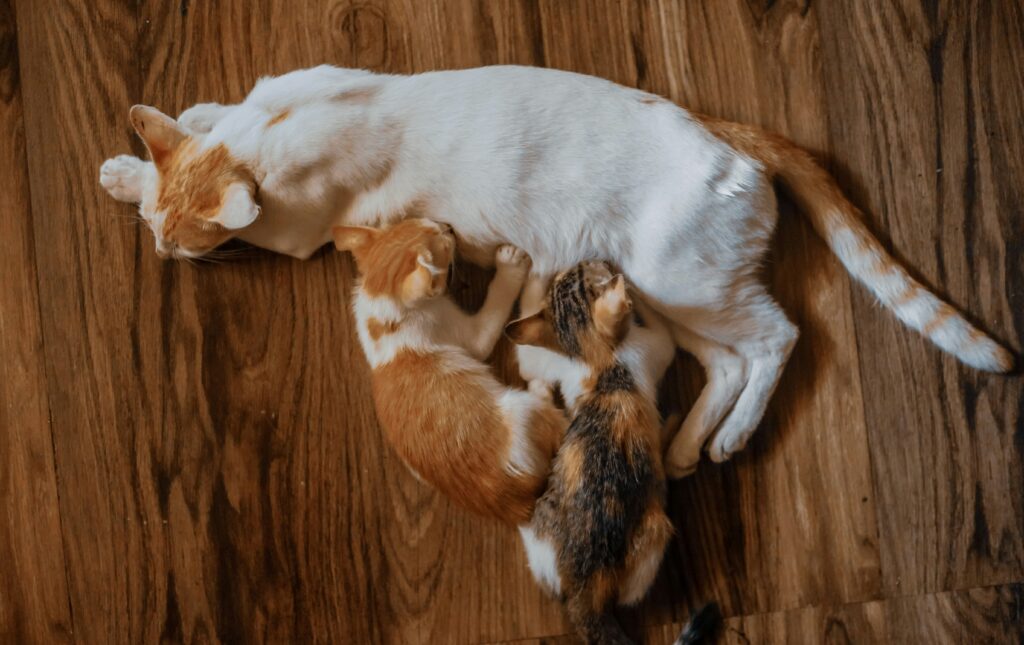
Related: What Happens When You Crossbreed a Bengal Cat?
How Many Kittens Do Cats Typically Have at Once?
On average, a cat gives birth to 4 to 6 kittens in a single litter. However, the actual number can vary significantly based on several factors, including:
- The cat’s breed
- The age and health of the mother
- Whether it’s her first litter
- Environmental and nutritional factors
Typical Litter Size by Experience:
- First-time mothers: 1 to 3 kittens
- Experienced mothers: 4 to 6 kittens (sometimes more)
- Record litter: 19 kittens born to a Burmese/Siamese mix in the UK in 1970 (15 survived)
Cat Breeds That Commonly Have Large Litters
Some cat breeds are known for having larger litters than others. This is often due to a combination of genetic traits, body size, and breeding history. Below are the top breeds that frequently give birth to 6 or more kittens at a time.
1. Siame
Siamese cats are not only known for their striking blue eyes and chatty personalities but also for their high fertility rates. It is common for Siamese mothers to have 6–8 kittens in a single litter, and in some cases, even more. They are active, social cats and tend to be excellent, attentive mothers.
2. Oriental Shorthair
Closely related to the Siamese, the Oriental Shorthair is another breed that frequently gives birth to 5–7 kittens or more. These sleek, intelligent cats are known for their affectionate nature and their tendency to be highly fertile.
3. Maine Coon
The Maine Coon is the largest domesticated cat breed in the world. Given their size, it’s no surprise that they are capable of producing larger-than-average litters, usually around 6–9 kittens. Maine Coons are also known for their maternal instincts and gentle behavior, which helps them raise big litters effectively.
4. Ragdoll
Ragdolls are large, fluffy, and affectionate cats. They are generally calm and make great family pets. Ragdolls often give birth to litters of 5–8 kittens. They tend to be excellent mothers, and their kittens are known for growing into well-socialized and friendly adult cats.
5. Persia
While Persian cats can sometimes have complications during pregnancy due to their flat-faced features (brachycephalic traits), when healthy, they can produce litters of 4–6 kittens. Because of their delicate nature, Persian mothers sometimes need assistance during birth.
6. British Shorthair
Known for their plush coats and teddy bear-like appearance, British Shorthairs are usually calm and adaptable. Their average litter size is 4–6 kittens, though some females can produce slightly smaller litters.
7. Bengal
Bengal cats, known for their wild-looking spots and energetic behavior, usually have 4–6 kittens per litter. They are attentive mothers and thrive in active households.
Related: Why Is My Cat Meowing So Much?
Factors That Affect How Many Kittens a Cat Has
While breed plays a significant role, other biological and environmental factors also influence litter size.
✅ 1. Age of the Cat
- Cats reach sexual maturity as early as 4–6 months old.
- The ideal breeding age is between 1 and 5 years old.
- Older or very young cats usually have smaller litters.
✅ 2. First vs. Subsequent Litters
- First-time mothers tend to have fewer kittens (1–3).
- As the cat matures, she may produce larger litters.
✅ 3. Health and Nutrition
- A well-nourished, healthy cat is more likely to have a larger and healthier litter.
- Malnourished cats often give birth to fewer kittens, and the survival rate may be lower.
✅ 4. Genetics
- Litter size can be influenced by genetic inheritance. If a female cat comes from a line of large litters, she is more likely to have large litters herself.
✅ 5. Environmental Factors
- Stress, noise, and overcrowding can impact fertility and reduce litter size.
- A safe, calm environment helps promote healthy reproduction.
How Many Litters Can a Cat Have Per Year?
Female cats are seasonally polyestrous, meaning they go into heat multiple times during their breeding season (typically from spring to fall).
- A cat can have up to 3–5 litters per year if not spayed.
- With 4–6 kittens per litter, a single cat could produce 12–30 kittens annually.
⚠️ Important Note:
This level of reproduction can negatively affect a cat’s health, and overcrowding can lead to many homeless animals. Spaying and neutering are highly recommended unless you’re a responsible breeder.
Signs a Cat Is Pregnant
If you suspect your cat might be expecting, look out for these common signs:
- Increased appetite
- Swollen or pink nipples (around week 3)
- Weight gain and enlarged abdomen
- Increased affection or nesting behavior
- Less interest in male cats
A veterinarian can confirm pregnancy with an ultrasound or palpation by week 3–4.
Related: Breed Tips, Health Care & Smart‑Home Trends
Caring for a Pregnant Cat
If you have a pregnant cat at home, here’s how to support her:
- Provide high-quality, protein-rich food
- Offer a quiet, cozy nesting area
- Keep her indoors to prevent stress or injury
- Schedule a vet visit for prenatal care
Most cats can give birth (called queening) without assistance, but be ready to contact a vet in case of complications.
Conclusion
While the average cat gives birth to 4 to 6 kittens at a time, certain breeds like the Siamese, Maine Coon, and Ragdoll are known for having even larger litters. Factors such as age, breed, health, and environment all play a role in determining the number of kittens born.
Understanding which cats have the potential for large litters is helpful for breeders, pet owners, or anyone curious about feline reproduction. However, with great fertility comes great responsibility. Always consider spaying and neutering unless you are fully prepared to care for and rehome every kitten responsibly.
